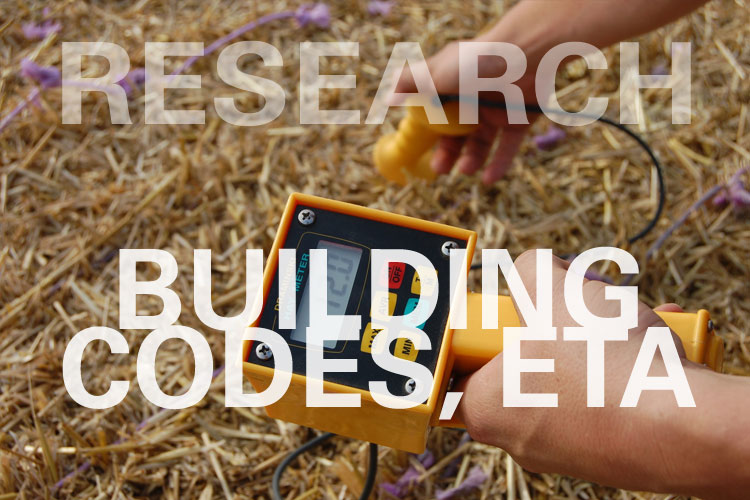Earthen building materials offer an environmentally sustainable alternative to conventional materials because they are locally available, minimally processed, and waste-free. However, they have not been comprehensively implemented because their technical data is highly variable, and they are not fully represented in building codes. To address these hurdles, this paper presents an environmental assessment and a policy repair review, including an environmental embodied impact analysis, and a discussion of the regulatory development required for earthen construction. The results of the environmental assessment show that earthen wall assemblies significantly reduce environmental impacts by 62-99% when compared with conventional assemblies such as timber frame and concrete blocks. Additionally, the policy discussion provides recommendations to overcoming materials variability and regulatory organizational collaboration. Overall, this paper highlights the importance of environmental and policy measures that could be used by policymakers and earthen building advocates in their endeavours to catalyse the representation of earthen building materials and methods in mainstream construction.
Authors:
- Ben-Alon, L
- Loftness, V
- Harries, K A
- Cochran Hameen, E
Link: https://iopscience.iop.org/article/10.1088/1755-1315/323/1/012139



